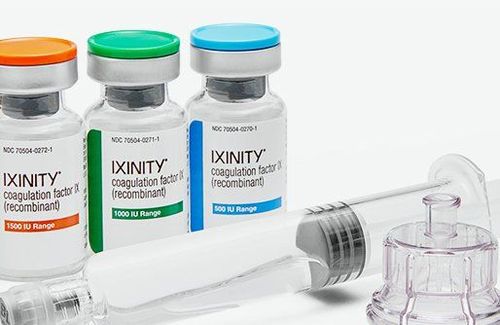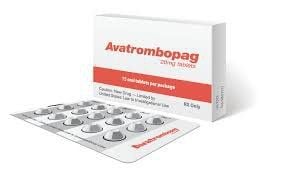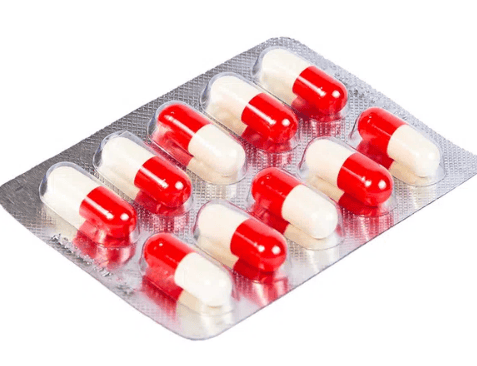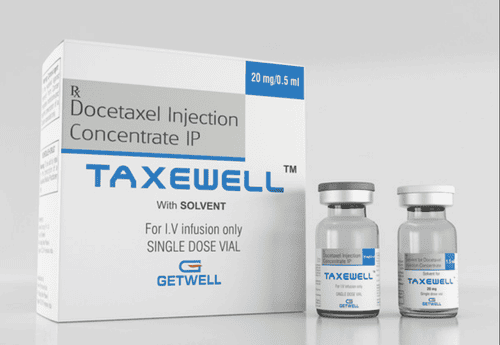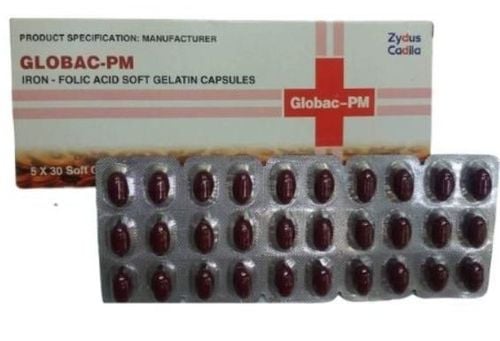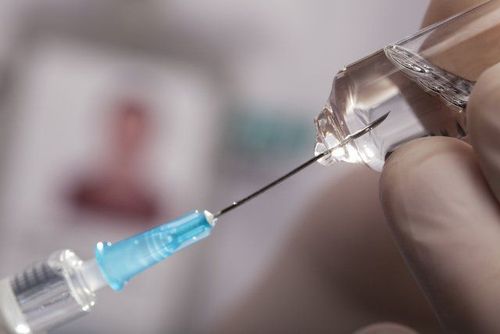This is an automatically translated article.
The treatment regimen for immune thrombocytopenic purpura will depend on the platelet count, symptoms, and age of the patient. In case the patient has no signs of bleeding and the platelet count is not too low, there is no need for treatment, but if the disease is advanced, medication or surgical intervention may be required.1. Signs of idiopathic thrombocytopenic purpura
Patients with idiopathic thrombocytopenic purpura may not have certain symptoms, however, in some cases, symptoms will appear such as:Easy bruising or purpura If there is bleeding below The skin will look like a rash, the rash is small like the tip of a needle or small red purple nodules, often appearing on the lower leg. There will be prolonged bleeding from cuts in the skin Frequent bleeding from the nose and gums Blood in the stools or urine For women, the menstrual period will last longer Always tired If suddenly feeling body If your child has bleeding or bruising without a cause, they should take the child to see a doctor for an accurate examination and diagnosis and an effective treatment plan for idiopathic thrombocytopenia.
2. Diagnosis of immune thrombocytopenic purpura
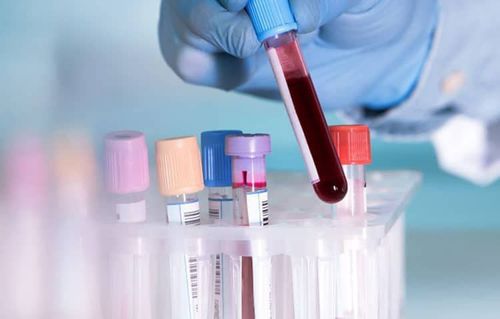
Xét nghiệm máu là 1 trong số những xét nghiệm được thực hiện để chẩn đoán xuất huyết giảm tiểu cầu
2.1 Blood tests To determine the number of white blood cells, red blood cells, and platelets in the patient's blood, if positive, the patient will have a normal amount of white blood cells and red blood cells. normal and platelets lower than normal.
2.2 Peripheral blood smear test At this point, the patient's blood sample will be placed on a slide and examined under a microscope.
2.3 Bone marrow examination To determine the cause of thrombocytopenia.
3. Immune thrombocytopenic purpura treatment regimen
Immune thrombocytopenia or idiopathic thrombocytopenia treatment regimens will aim to keep a stable platelet count and prevent bleeding, minimizing the side effects of the treatments. .3.1 For children For children, about 80% of children with the disease will completely recover on their own within 6 months. Children with chronic thrombocytopenic purpura can also recover on their own after a few years. Therefore, to the question of whether idiopathic thrombocytopenia can be cured, the answer is yes.
3.2 For Adults For adults with mild thrombocytopenic purpura, regular monitoring and testing may be sufficient, but if the prognosis is poor, treatment should be considered. Treatment regimens for immune thrombocytopenic purpura may include medication, surgery (splenectomy)....
3.2.1 Drug treatment of idiopathic thrombocytopenia Some medications can be used to treat thrombocytopenia. Treatment for idiopathic thrombocytopenia can be:
Corticosteroids: Drugs that can help increase platelet counts by suppressing the person's immune system. One thing to keep in mind is that long-term use of this drug is not recommended because of the risk of weight gain, cataracts, high blood sugar, and an increased risk of infection and osteoporosis. Intravenous immune globulin (IVIG): In case of severe bleeding or the patient needs to increase the platelet count before surgery, some drugs such as immune globulin, intravenous injection can be used. Thrombopoietin receptor agonists: Newly licensed for idiopathic thrombocytopenia, these drugs can help the bone marrow produce more platelets and prevent bruising and bleeding.

Có thể điều trị giảm tiểu cầu vô căn bằng thuốc
3.2.3 Other Treatments In cases where drug therapy and splenectomy are ineffective and there is a risk of more severe symptoms, the doctor may order a course of treatment. other corticosteroids at the mildest possible dose.
Some treatments for idiopathic thrombocytopenia may include the use of immunosuppressants such as azathioprine (Imuran, Azasan) and cyclophosphamide (Cytoxan). However, they can cause serious side effects, and their effectiveness has yet to be tested.
Immune thrombocytopenic purpura is a disease that, if not treated properly, will cause certain dangers and risks of side effects from the treatment methods of idiopathic thrombocytopenia that the doctor The pros and cons will need to be carefully weighed, the factors that can influence treatment decisions, and whether everyday activities increase the risk of injury and bleeding.
Please dial HOTLINE for more information or register for an appointment HERE. Download MyVinmec app to make appointments faster and to manage your bookings easily.




